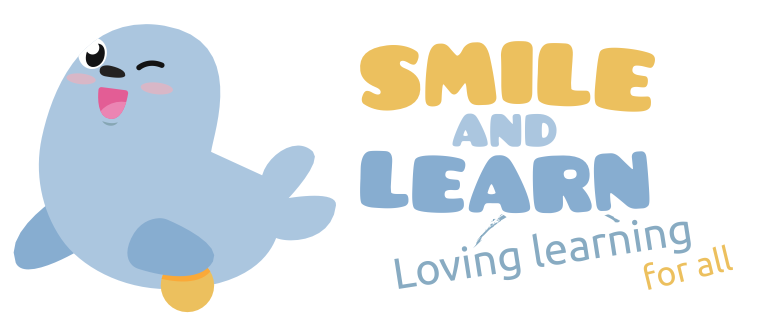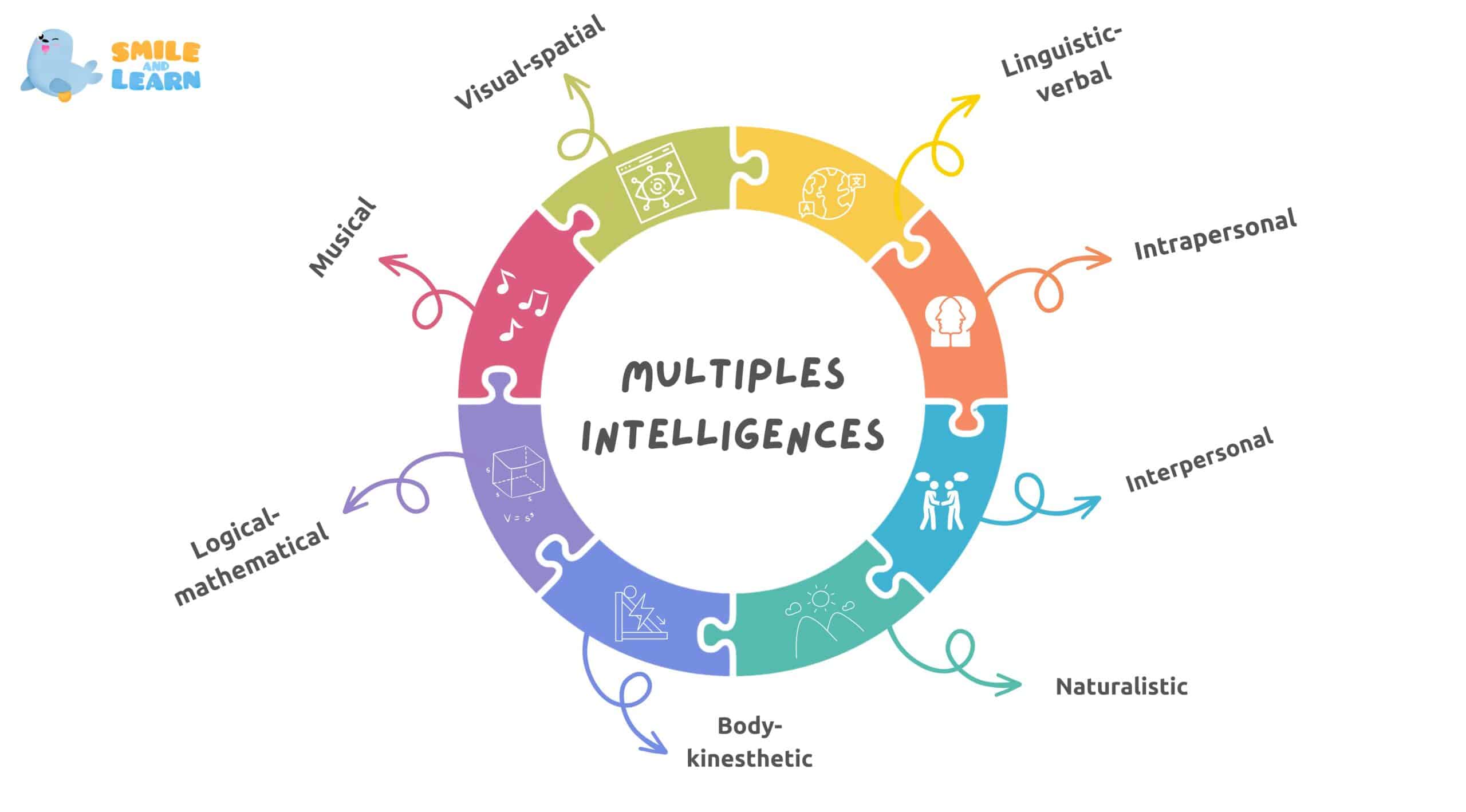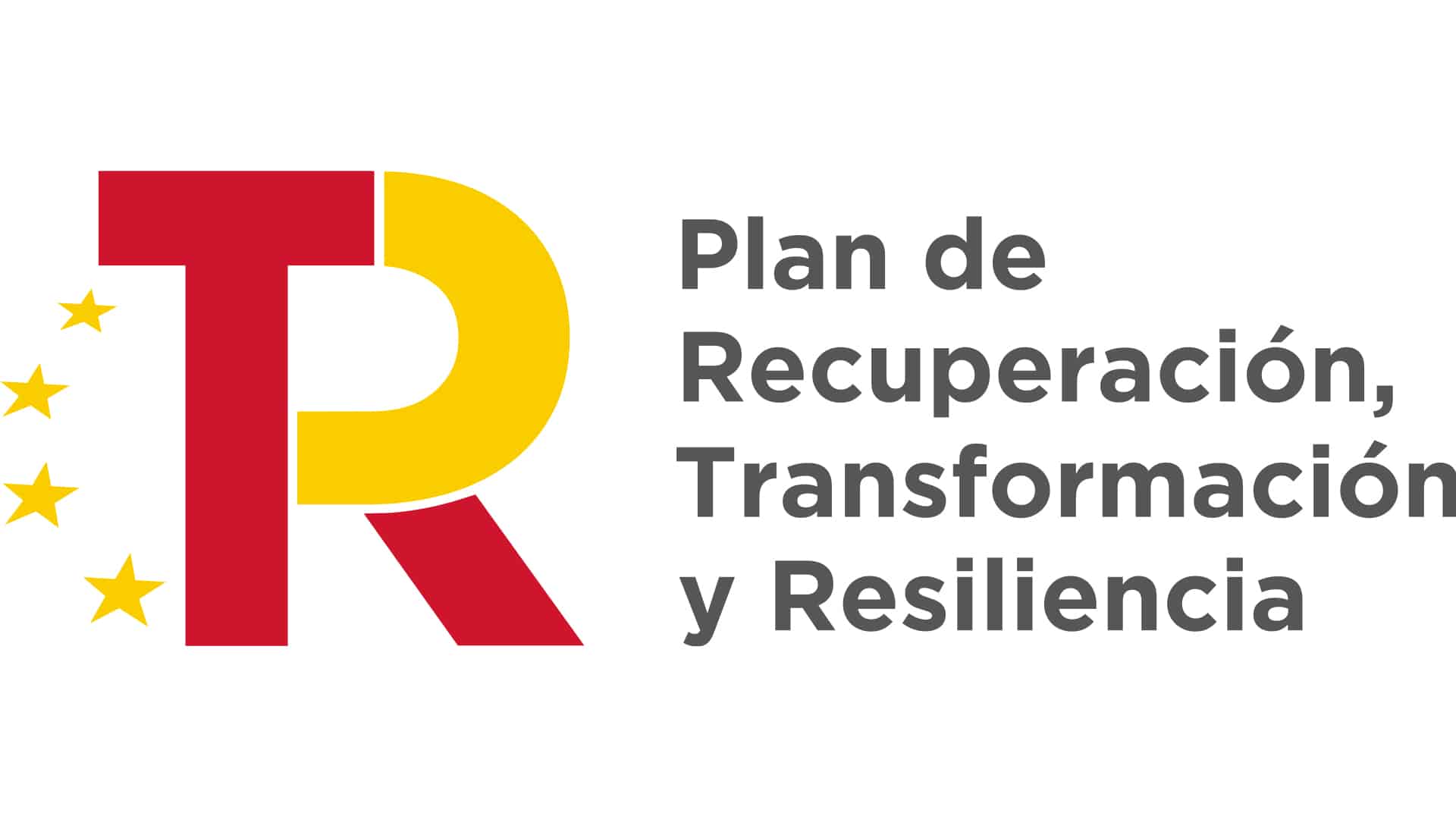The theory of multiple intelligences was developed in the early 1980s by psychologist Howard Gardner. Instead of focusing solely on traditional academic skills such as linguistic and mathematical abilities, this theory identifies eight different types of intelligence: verbal-linguistic, logical-mathematical, spatial-visual, musical, bodily-kinesthetic, intrapersonal, interpersonal and naturalistic. Each of these types of intelligence represents a unique way of processing information and understanding the world around us.
How to Promote Multiple Intelligences in the Classroom
To engage multiple intelligences in the classroom, it is essential to create an environment that fosters and develops all forms of intelligence. Some strategies that can be used in schools include:
- Diversifying activities. Design activities and tasks that target different types of intelligence. For example, include reading and writing activities for verbal-linguistic intelligence, logical-mathematical challenges, art projects, or creative movement activities.
- Encouraging collaboration. Providing opportunities for children to work together on group projects promotes interpersonal intelligence. Teamwork and effective communication abilities developed in these activities are fundamental life skills.
- Using visual and manipulatable resources. Provide visual materials, such as graphs, pictures, and diagrams, to stimulate spatial-visual intelligence. In addition, the classroom environment can be arranged so that children have opportunities to explore and manipulate objects.
- Integrating music and movement. Include musical and creative movement activities to stimulate musical intelligence and bodily-kinesthetic intelligence. Children can learn through songs, rhythms, and dances, which facilitates comprehension and retention of information.
- Promoting reflection and self-awareness. Include moments of individual reflection and journaling activities to foster intrapersonal intelligence. It is important for teachers to help students identify and regulate their emotions, set personal goals, and develop greater understanding of themselves.
- Connecting learning with nature. Organize outdoor activities, gardening projects, or nature observation activities to develop naturalistic intelligence. In this way, children can learn about the environment and develop a greater appreciation for the diversity of life on the planet.
It is important to remember that all children have their strengths in different areas and can build up other skills with time and practice. By promoting multiple intelligences, we create an inclusive learning environment that values diversity of abilities and promotes growth and development of each student as a whole. Furthermore, supporting different forms of intelligence not only enriches the teaching-learning process, but also prepares students to face the challenges of a diverse and ever-changing world.
At Smile and Learn we have numerous activities that serve to engage all types of intelligences. On our platform you will find more than 12,500 activities aimed at learning and developing skills, not just in a traditional academic sense, but also those related to emotional intelligence, programming, and more. If you have not yet tried our educational platform, you can do so for free by filling out this form.












